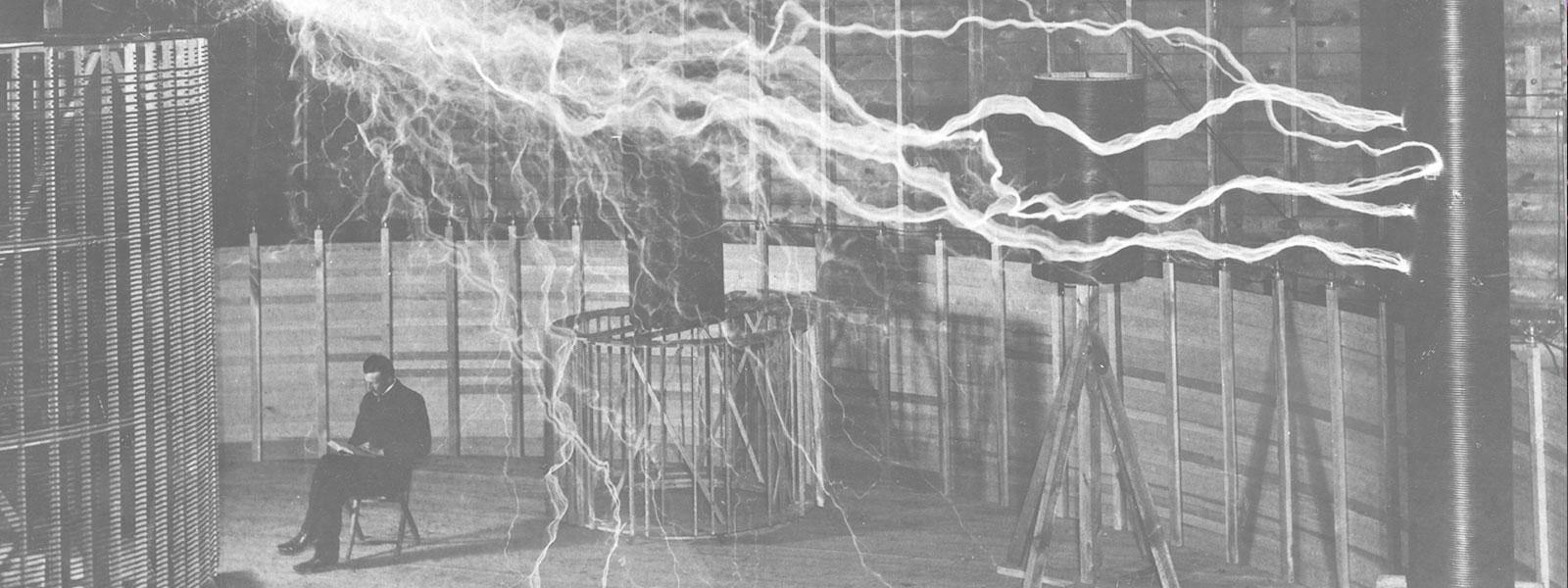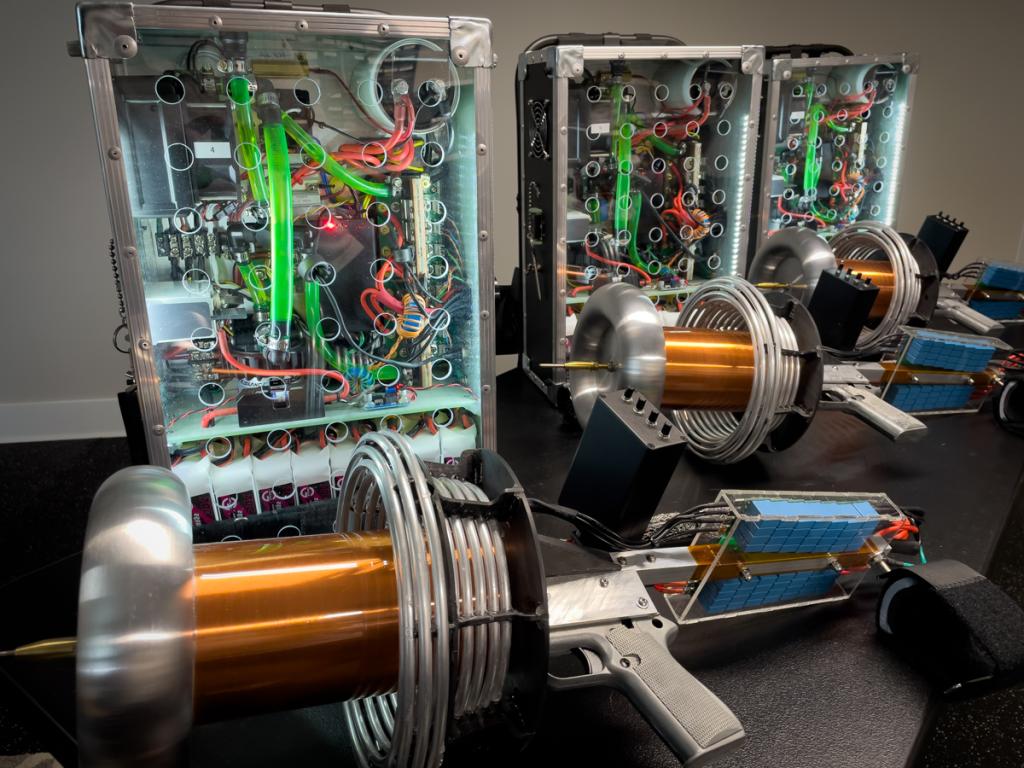
Nikola Tesla News
Tesla Phasers for Liberty Science Center: A New Spark in Science
As detailed in our previous post about the Liberty Science Center (LSC), the CEO and staff were highly impressed with our Tesla gun. So impressed, they contracted Tesla Universe to build two for them.
Over the past eight months, we worked diligently, and last week, we delivered. LSC is now the proud owner of two devices we can’t call “guns.” Given their strict security and safety protocols, as noted in our last post, the term could cause issues. Henceforth, their devices are called “Tesla Phasers.”
Building two new Tesla Phasers was no small feat. It had been seven years since we finalized the design. Post-pandemic supply chain issues persisted, with some parts discontinued or unavailable. In the past, Phillip and I sourced components from hamfests and scrapyards, but those sources have long since dried up.
We re-sourced and redesigned many parts or, in the worst case, obtained them from overpriced rare-part suppliers. Consequently, the phasers cost significantly more to build than before.
Along the way, we made a few improvements and during the process, I decided to build a new phaser for Tesla Universe as well.
The Tesla Phaser was primarily designed by Steve Ward and Phillip Slawinski, with background available in BackMacSci's history video. For this project, we collaborated: I managed the project, provided manuals and training, sourced or fabricated all parts (except PCBs), and handled assembly and wiring. Phillip supplied PCBs, design edits, and final tuning, while Steve provided support. John Forcina, pivotal since the project’s inception, also contributed.
Watching the pile of parts grow over months was a slow process. When the first machine shop package arrived, it was on! I set up a mini assembly line, striving to make all three phasers as identical as possible to each other and the original design, as contractually required.
The project went smoothly overall. If we bothered Steve, he didn’t let on. LSC was patient, and we provided regular updates, consistently meeting milestones.
The water block, the heat sink for the bridge circuit, was my biggest concern. Phillip built the block for my original phaser, and we had leak issues years ago. Thankfully, John’s new copper design, replacing aluminum, worked flawlessly.
After months of daily work, I completed my portion and delivered the phasers and backpacks to Phillip. Aside from a display cable mismatch across all three, everything was solid. I picked up the phasers from Phillip, thrilled and relieved that all three performed as well as, or better than, the original. Mission accomplished!
Initially, I planned to ship the phasers to LSC, but apprehension grew. Even with insurance, losing one would delay the project by months. LSC shared my concerns.
Fortunately, Richard Hull hosted another get-together, no longer called a “Teslathon,” but Alex Tajnsek and I make the most of it. I coordinated with LSC to deliver the phasers in person, timing it to visit Alex and Richard on the return trip. That’s a story for another post.
Unfortunately, the trip coincided with Hurricane Helene, and I drove through Asheville. That’s also a story for another post.
The great news is that I safely delivered two shiny new Tesla Phasers to LSC.
The museum is now planning their phaser program. We’ll update you when the exhibit opens.
Thanks again to Ruben, Travis, Jess, Madison, and the entire LSC staff for their trust in Tesla Universe and this opportunity, which will hopefully inspire youth for years to come.
Cameron
